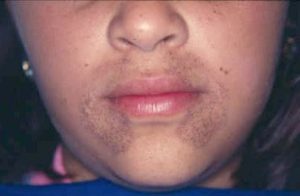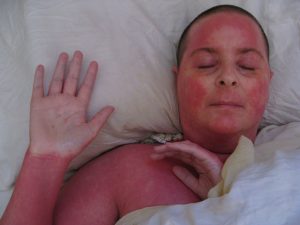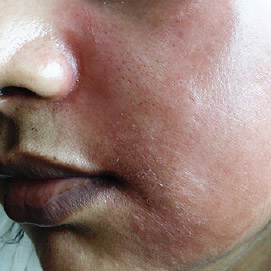Laughing gas (LG) and its associated health consequences can be unpredictable, especially in young people who abuse LG for recreational uses.
LG, commonly known as whippets, funky balloon, or hippy crack, is a colourless, odorless, sweet-tasting NO2. Dentists and medical professionals routinely use NO2 as an inhalational anaesthesia during minor medical procedures, childbirth, and ambulances for its anaesthetic properties, including pain-relieving effect and anti-anxiety effects. They are typically mixed with oxygen in a 2:1 or 1:1 oxygen:NO2 ratio to prevent oxygen starvation from high dosage or pure NO2 usage without supplemental oxygen, which is the case in recreational uses. The gas readily displaces air in the lung from reaching into the bloodstream, reducing the oxygen content in tissues and brain (hypoxia), causing suffocation (asphyxiation), heart attack, or unconsciousness that can lead to sudden death or severe brain damage. These risks increase drastically in people with a history of cardiac and respiratory diseases.
For non-medical uses, NO2 typically comes in small, finger-length steel canisters that users can purchase separately at any local grocery store as a propellant for whipped cream bottles (Figure 1). Nightclubs will use industrial tanks (Figure 2) that can fill up about 200 balloons and sell each for $5-$10. A clubber who wished to keep his identity anonymous said his friends can easily spend anywhere from $1,000 to $10,000 per night solely on NO2 balloon. One inhalation of NO2 can lead to lightheadedness, tingling in the arms and legs, drug-induced psychoactive effects, including brief euphoric high, temporary distortion of visual and sensory perceptions, and lack of coordination, all of which subsides after a few minutes of discontinuing.
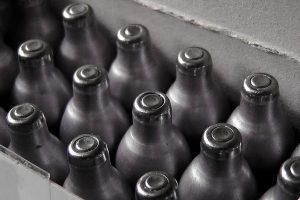
Figure 1: A box of whippets with sealed ends that users can puncture to release gas. Source: Wikimedia

Figure 2: Industrial Tanks of Nitrous Oxide mixed Oxygen In Dentistry. Source: Wikimedia
The 2014 Global Drug Survey reported about 64% out of over 6800 NO2 users consumed five or less balloons per session. The majority of responders reported using less than 3 balloons per session, followed by 4-10 balloons, 11-50 balloons, and over 100 balloons (Figure 3). To maintain the short-lived rush of euphoric high, Garakani et al. reported a small number of abused NO users can go through 75 -125 whippets per session.
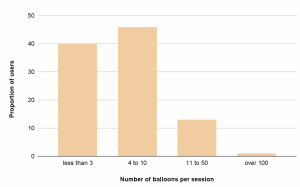
Figure 3: Summary of responses on the number of balloons consumed per session from a survey of 6800 people.
Recreational users inhale NO2 by releasing the gas from a whippet into a balloon, and directly inhaling it through the mouth. Short-term NO2 exposure via balloons is still relatively safe, but several fatal cases reported in NO2 users who tried other methods. For example, inhaling the gas directly from the canister delivers the freezing NO2 gas directly to the internal tissue, causing frostbite to the mouth, lungs, or vocal cord. Excessive, continuous inhaling of NO2 while placing a plastic bag over their head, can lead to severe hypoxia and eventually asphyxial deaths. The short-lived euphoric high and easy access of whippets together contribute to the growing popularity in recreational NO2 misuse in many countries, most prominently in the UK.


